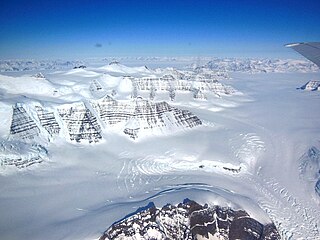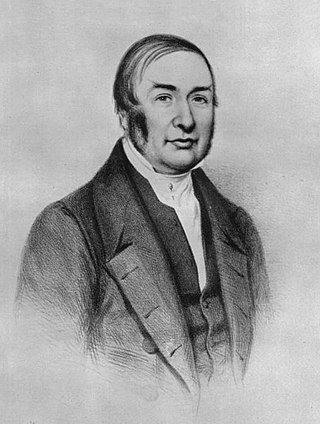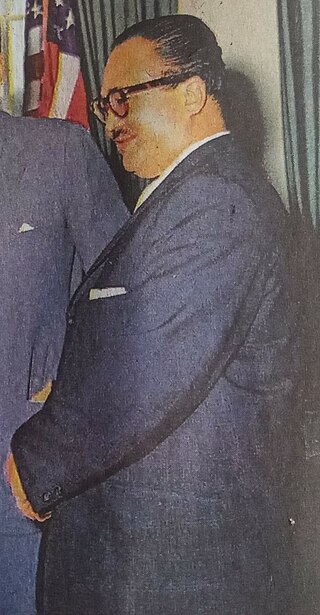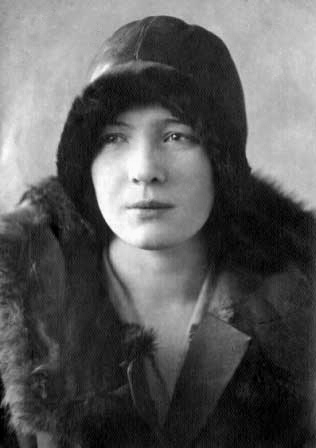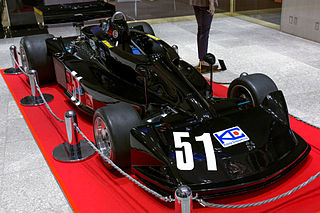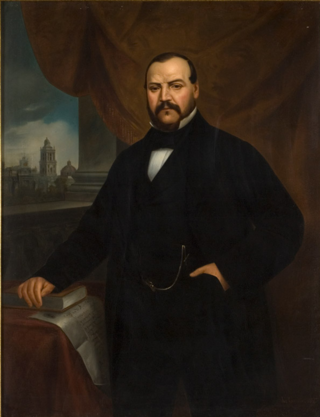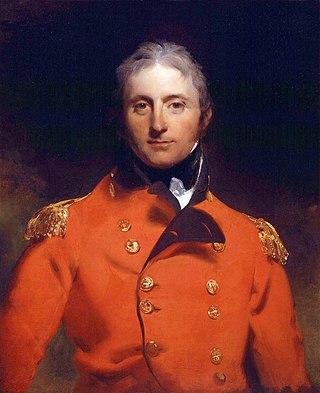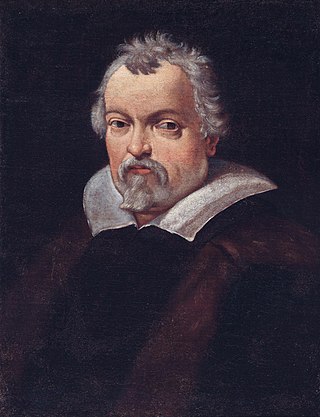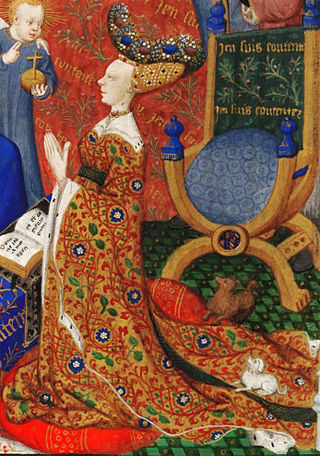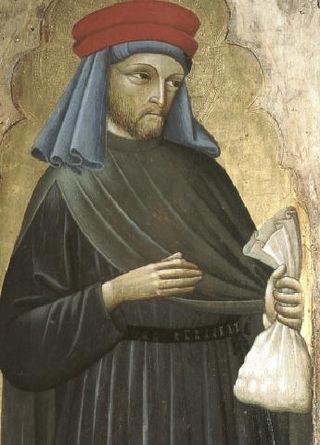
November 2015 Paris attacks
The November 2015 Paris attacks were a series of coordinated Islamist terrorist attacks that took place on Friday, 13 November 2015 in Paris, France, and the city's northern suburb, Saint-Denis. Beginning at 9:15 p.m., three suicide bombers struck outside the Stade de France in Saint-Denis, during an international football match, after failing to gain entry to the stadium. Another group of attackers then fired on crowded cafés and restaurants in Paris, with one of them also detonating an explosive, killing himself in the process. A third group carried out another mass shooting and took hostages at an Eagles Of Death Metal concert attended by 1,500 people in the Bataclan theatre, leading to a stand-off with police. The attackers were either shot or blew themselves up when police raided the theatre.













































